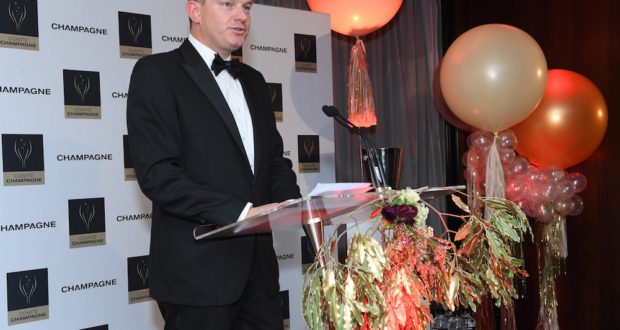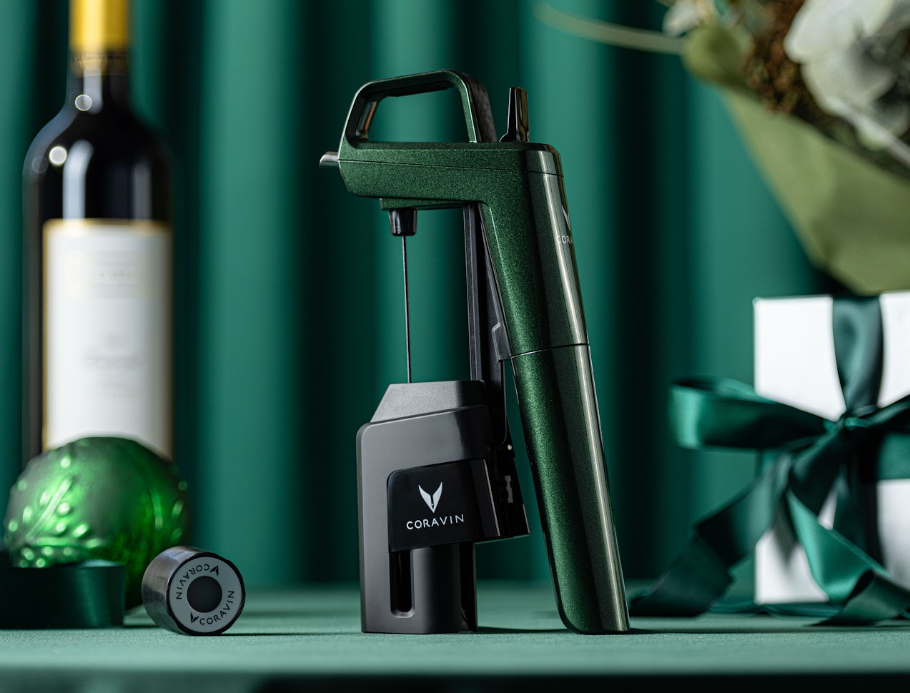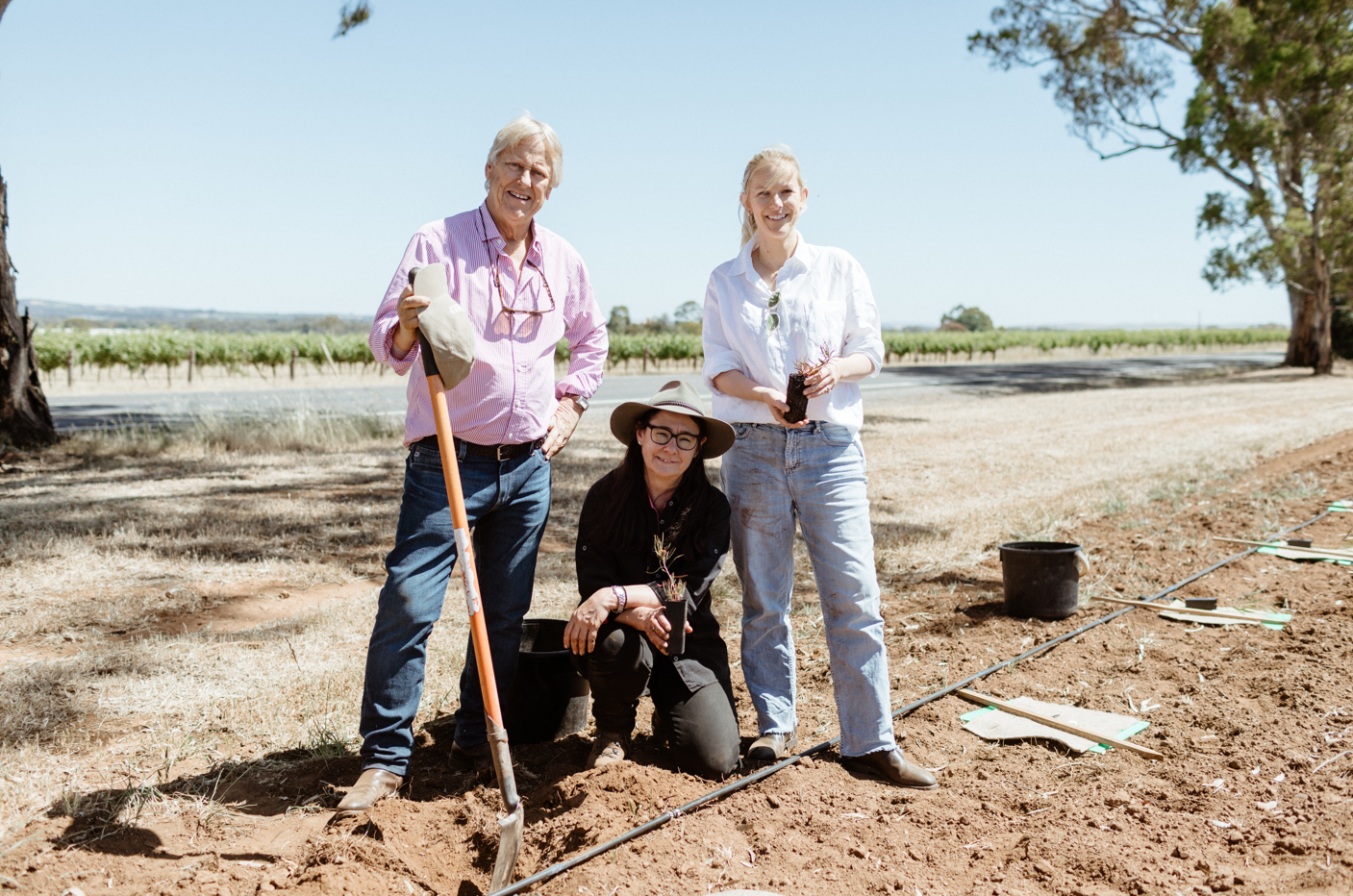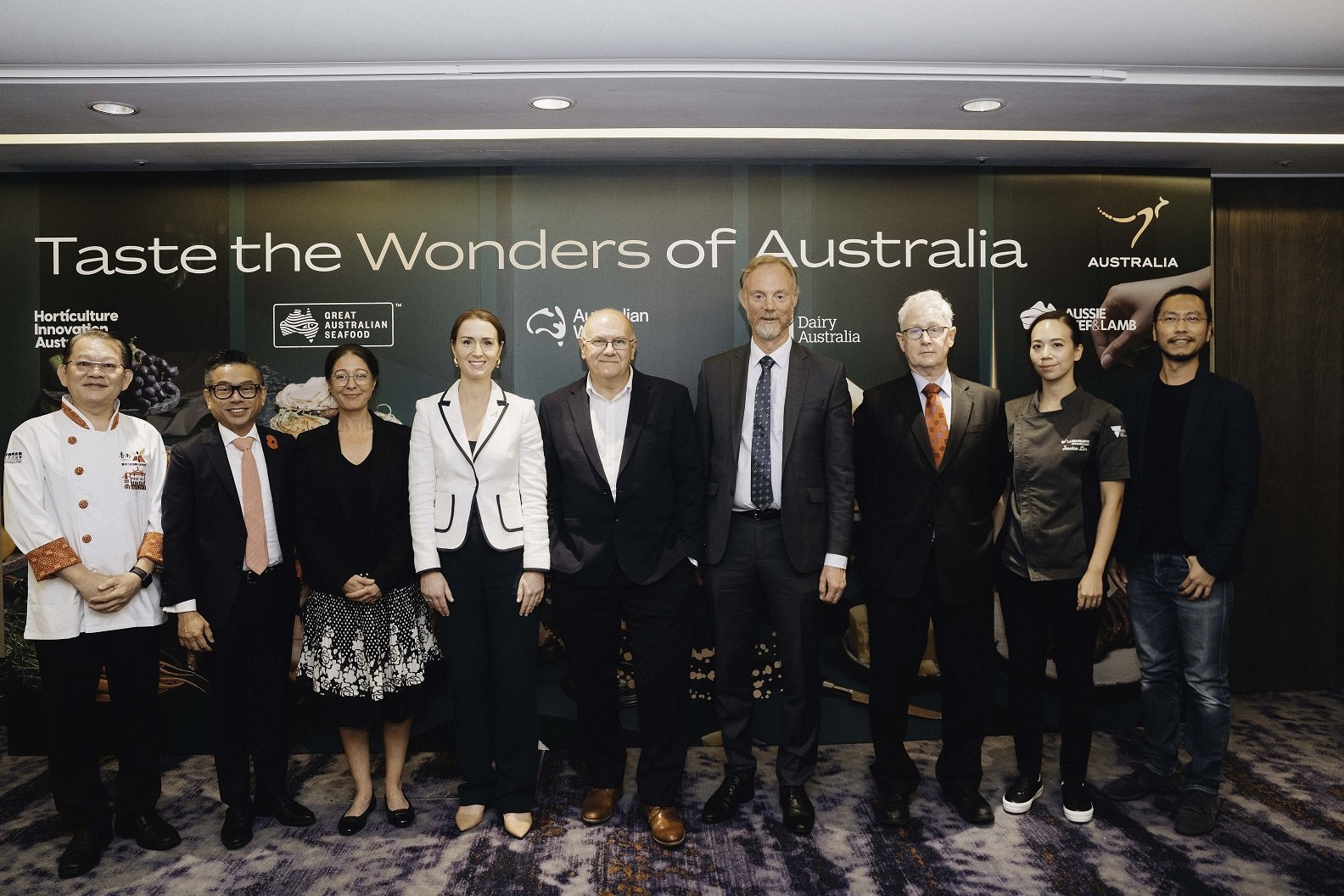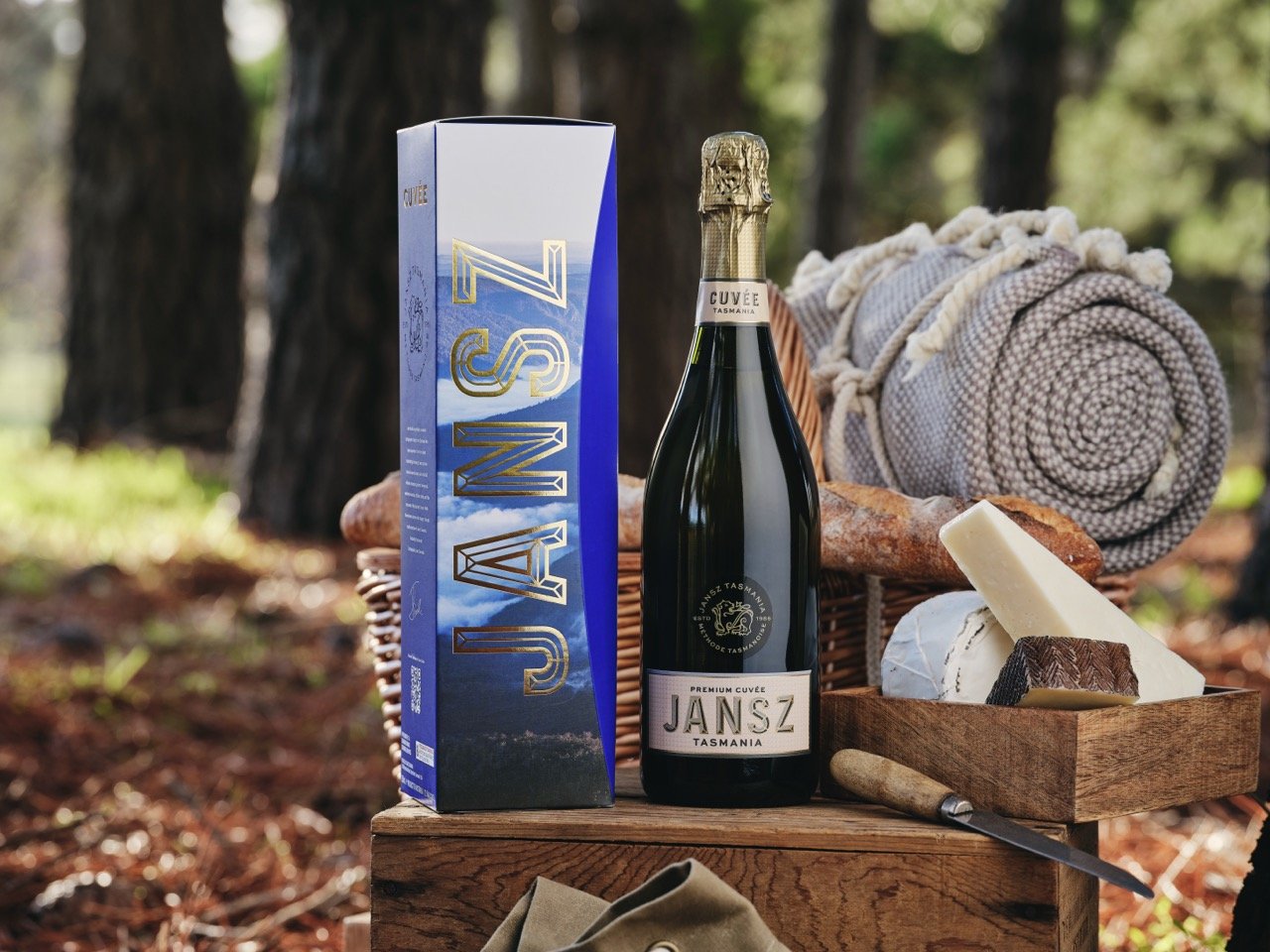CIVC is the official association for grape growers and houses in Champagne and Thibaut is one of the most qualified individuals to talk about the appellation. drinks bulletin asked Thibaut about the opportunities to grow Australia's Champagne market, if Champagne growers and houses recognise the growing Australian sparkling market, and the best places to visit in Champagne if you're looking to brush up on your knowledge of the region and its wine.
drinks bulletin: Australia is the sixth largest importer of Champagne. Do you believe that there is still room for Australia to strengthen its relationship with the appellation?
Thibaut Le Mailloux: Yes, definitely. I see it two ways - there is the continued growth in volume and consumption of Champagne in Australia, but also the opportunity for consumers to realise the various types of Champagne cuvées, because I would say that Australia is a little bit traditional in that sense. What I mean by that is that more recent markets for Champagne are consuming a larger proportion of rosé, prestige cuvée and vintage Champagnes. However, the profile of Australian consumption looks more like a traditional Champagne market, rather than an emerging one. There is room for Australian consumers to discover the diversity of Champagne.
DB: Are growers and houses in Champagne recognising the growth of Australian sparkling?
TM: Champagne producers are fully aware of the developments of the sparkling wine market across the world, should it be Australia or in other countries. However, we believe that Champagne remains a standard, if not the benchmark, and should not be compared to other sparkling wines, just like other sparkling wines should not be compared among themselves. This would be anti-educational to consumers; we need to teach the consumer about the uniqueness of every wine region as opposed to trying to compare. We believe that this would help Champagne as much as it would help other sparkling wines.
DB: What Champagne trends are you seeing currently?
TM: In the educated markets, we're seeing consumers discovering lower dosage Champagnes and becoming more curious about blanc de noir Champagne, which is Champagne made out of only black grapes. This is a great discovery of Champagne with a different taste and aroma profile, and they are also great Champagnes for food pairing.
Other developments include the sustainable viticulture and management of the whole region, which, of course, has an impact on production, making it more demanding and complex. But at the end of the day, consumers are beginning to care more and more about the environmental impact of the Champagne they consume.
DB: What would you recommend to see and do in Champagne if you're looking to brush up on your knowledge of the region and its wines?
TM: I would highly recommend visiting both growers and houses to see how the Champagne region works. Both professional families, as we say, are complimentary. Of course, growers provide grapes to the houses, but out of the 15,000 growers today, 5,000 produce their own wines.
The other thing I would recommend is to explore the region's culture, it's really intrinsic to the history. The cellars that date back to the Roman era are interesting and the Cathedral of Reims is where the kings made Champagne famous for festivities and in the stain glass windows you can see the early history of Champagne.
Share the content
